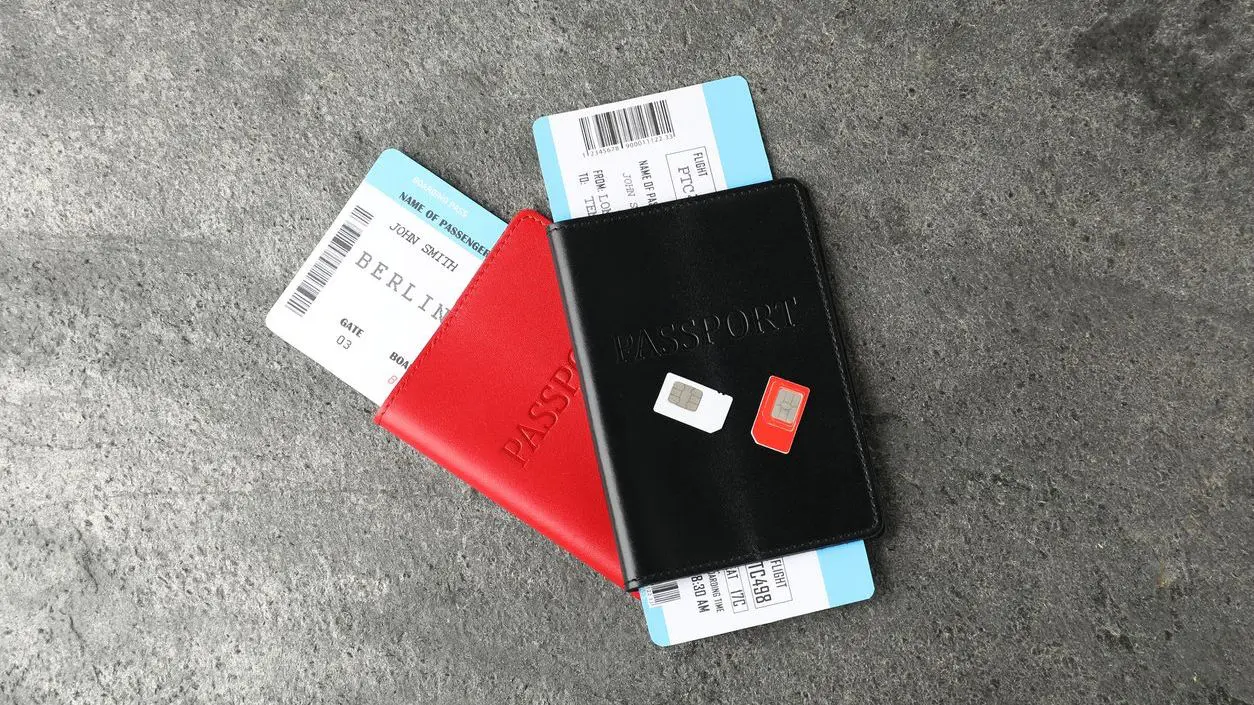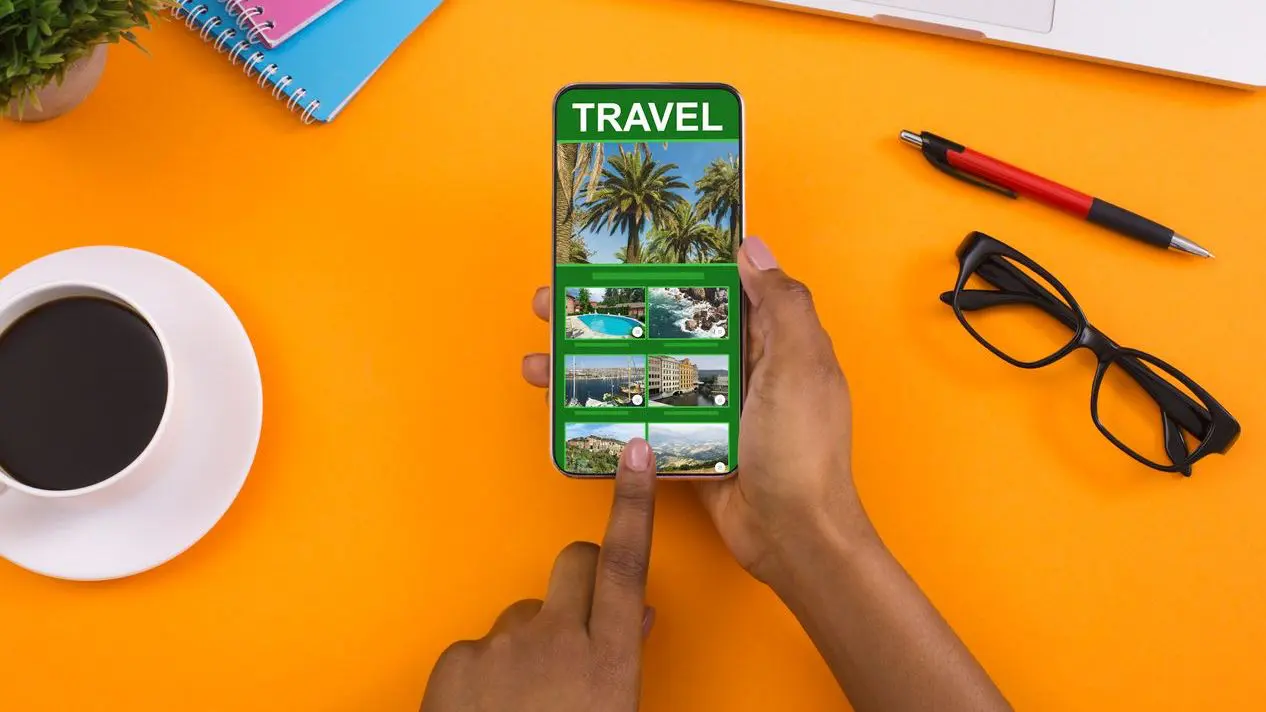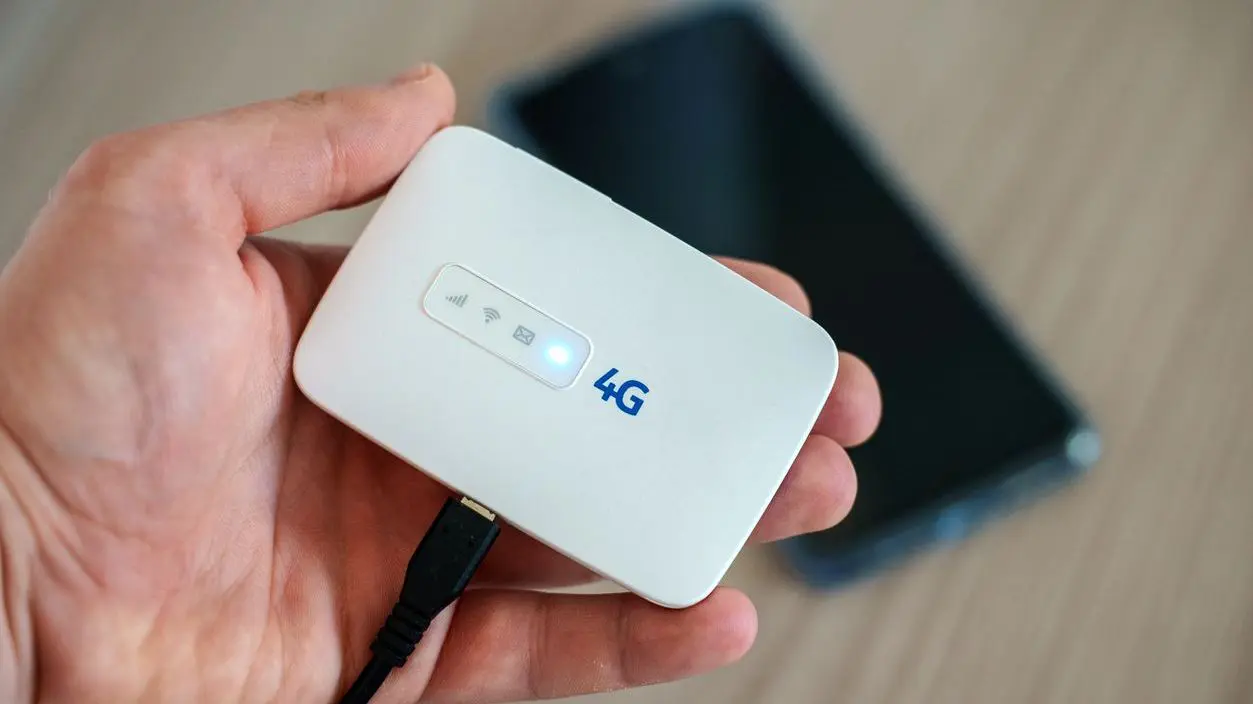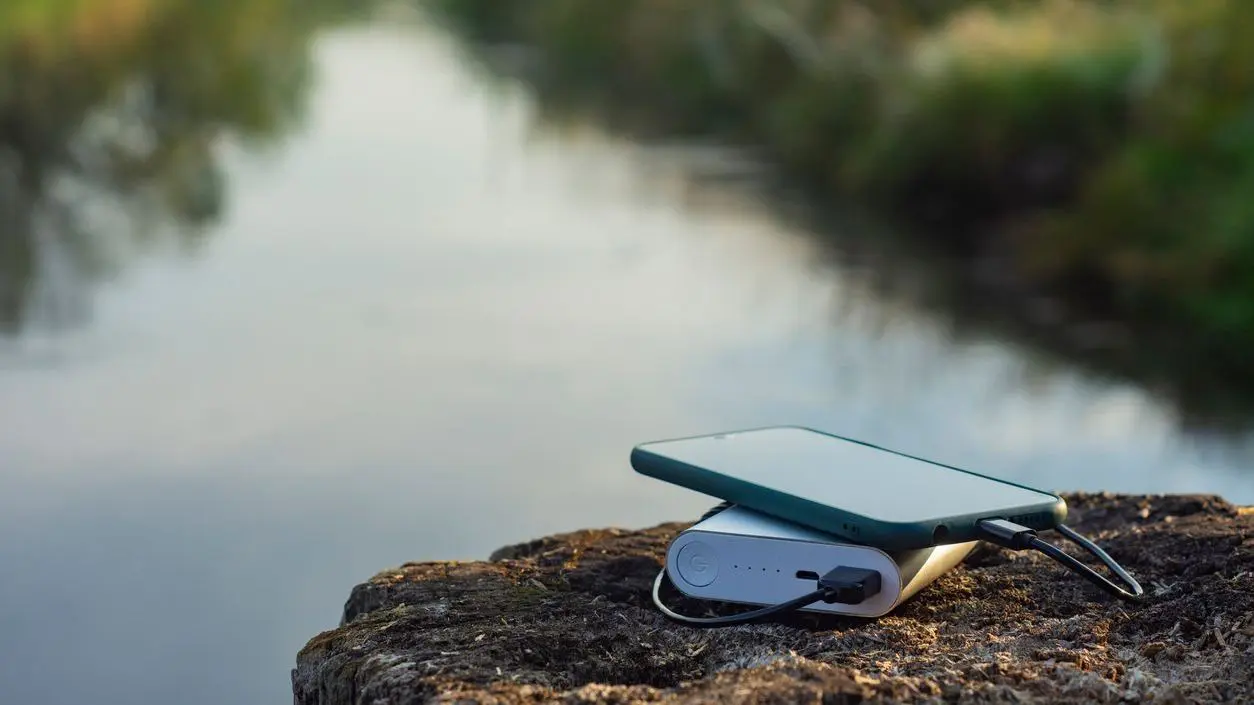Traveling should be exciting, not stressful. Whether you’re hopping between cities or settling into one spot for a week, staying connected, especially while traveling abroad, helps make every moment smoother.
From managing last-minute bookings to checking in with loved ones, a reliable connection helps you stay organized, safe, and in the moment. Instead of fumbling with poor signals or high roaming fees, a few smart preparations can keep your trip running seamlessly.
Let’s dive into six practical tips that can keep you connected, regardless of your destination.
How To Stay Connected While Traveling: 6 Invaluable Tips
1. Choose The Right SIM Card or eSIM Plan
If you rely on international roaming from your phone network for travel, you will use up your budget quickly. Instead, pick up a local SIM card or set up an eSIM before you leave. This gives you access to local rates without the surprise charges.
In destinations like Italy or Spain, local SIM kiosks are easy to find at the airport or in city centers. Many providers offer tourist packages with generous data, unlimited texts, and nationwide coverage.
For travelers using newer smartphones, eSIMs are even more convenient. Just scan a QR code, and you’re online. It’s a simple swap that saves money and stress from day one of your travels.
Also, double-check your phone’s compatibility before leaving. Some devices need to be unlocked to accept foreign SIM cards, and not all networks support eSIMs. A little research before takeoff can help you avoid frustrating surprises once you land.

2. Download Essential Apps Before You Leave
Before heading out on an international excursion, take a few minutes to install the right apps. Messaging platforms like WhatsApp or Signal help you stay in touch. Google Maps and Maps.me make navigation a breeze, especially with offline features.
For language support, try Google Translate or Duolingo. Even if you’re visiting Greece, where English is widely spoken, knowing a few phrases or reading signs in Greek can go a long way.
Make sure you set up these apps while you’re still on a reliable Wi-Fi connection. It’s smart to download offline maps, pre-load your transit cards, and update all apps ahead of time.
These tiny details can have a big impact, especially in places where Wi-Fi isn’t guaranteed. Adding these tasks to your travel to-do list will ensure you’re not rushing or forgetting essential items.
Additionally, consider downloading airline and accommodation apps. These often send real-time alerts about flight changes, gate updates, or check-in instructions. With these tools, you’re better equipped to handle delays or last-minute changes.

3. Invest in a Portable Wi-Fi Device or Hotspot
A portable Wi-Fi device is helpful if you’re traveling with family or working remotely. These small gadgets let you connect multiple devices on a single data plan, which is ideal for group trips or long-haul flights between countries.
You can also rent or buy a hotspot before your trip and have it shipped to your home. Many devices work across regions, meaning one hotspot could cover your entire route, from France to Croatia, for instance.
For added safety, use a virtual private network (VPN) when logging into personal accounts or banking platforms. Avoid public Wi-Fi networks in hotels, cafés, or train stations unless you have an active VPN.
Also, be mindful of data limits on rental devices. Heavy video streaming or uploads may drain your daily quota faster than expected. Review your data needs and select a plan that matches your itinerary.

4. Keep Your Devices Charged & Ready
A fully charged phone is your lifeline when traveling abroad. It can make all the difference throughout the day when you’re pulling up hotel reservations or calling for a ride. Bring a reliable portable charger with at least 10,000 milliampere-hour (mAh) capacity, enough to charge your phone two or three times.
Equally important are the right power adapters. Europe alone has a variety of plug types, so double-check what you’ll need. A universal adapter for your plug can help you stay connected, especially when traveling in multiple countries.
Charging gear should always be kept within easy reach, whether it’s in your daypack or carry-on.
Another handy tip is to bring a compact power strip. Many hotel rooms have limited outlets, and a strip lets you charge multiple devices simultaneously. Just be sure to check that your device is compatible with the local voltage.

5. Have a Backup Plan For Emergencies
Technology can fail, and when it does, you’ll want a safety net. Write down key contact numbers, including your hotel, embassy, and travel insurance provider. Save the local emergency numbers in your phone and on paper to prepare properly.
Keep printed copies of your lodging addresses, travel itineraries, and identification in your bag. If your phone dies or service drops, having offline access can be a lifesaver. Apps like TripIt or Evernote can also store important documents offline, but it’s always best to have a physical copy just in case.
You may also want to use an app that allows you to share your location with approved contacts in real time. It’s a simple way to stay safe when you’re venturing into new territory, especially if you’re traveling solo.

6. Learn The Basics of The Local Language
You don’t need to be fluent to get around in another country, but knowing a few phrases can improve your travel experience. Although this may seem basic, greetings, directions, and polite requests go a long way with daily engagement with locals. People enjoy the effort, and it can lead to a less touristy experience.
In restaurants, on public transit, or when asking for help, a friendly “hello” or “thank you” in the local language can go a long way. Try using apps like Drops or Memrise to practice before your trip. Even learning to say “Do you speak English?” can make a world of difference when exploring a new location.
If you’re staying longer, look for language exchange meetups or short-term local classes. These casual settings provide a fun way to pick up new words while connecting with people who live in the area.

Staying connected while traveling doesn’t have to be complicated. With the right tools, a little preparation, and the willingness to adapt, you can move through new places confidently and comfortably.
From SIM cards to portable chargers, each of these tips on how to stay connected while traveling helps build a more seamless experience, keeping you online, informed, and ready to explore. These efforts can help lower some anxiety and prepare you for the journey ahead.

Born and raised in Athens, Maria’s passionate about travel and storytelling, a combination that makes her ideal for her role as our content manager.